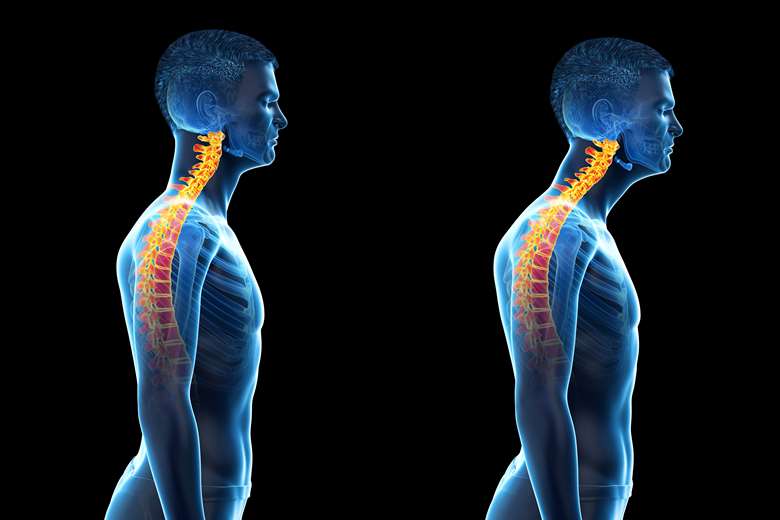Music Therapies: Alexander Technique
Coriander Stuttard
Tuesday, November 3, 2020
Alexander Technique helps us let go of harmful habits of tension and distortion, allowing us to perform our activities with more poise, freedom and ease


Register now to continue reading
Don’t miss out on our dedicated coverage of the classical music world. Register today to enjoy the following benefits:
- Unlimited access to news pages
- Free weekly email newsletter
- Free access to two subscriber-only articles per month